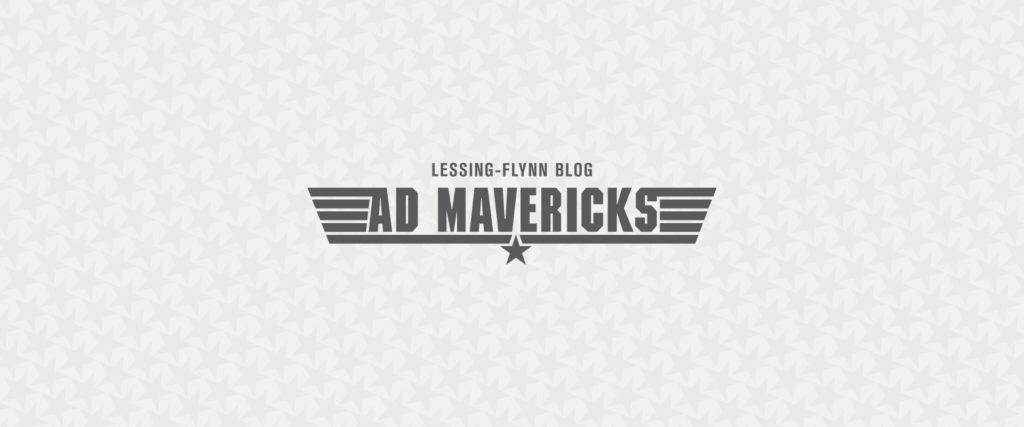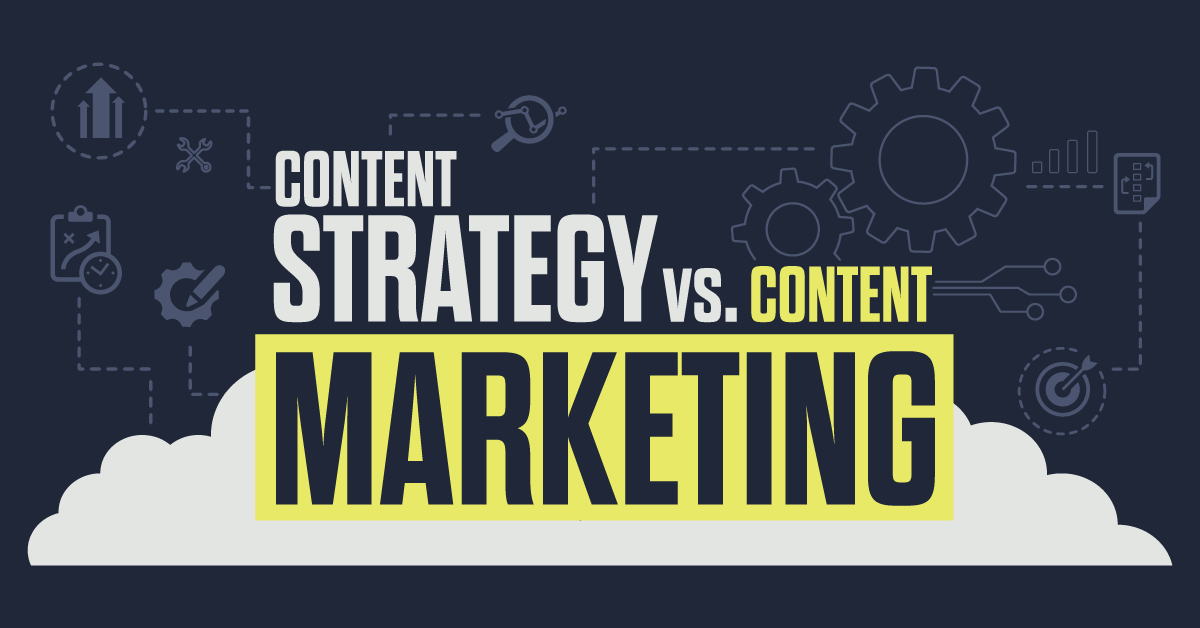There used to be a time when the publisher’s rate card ruled all pricing for ad placement (and when media kits were some of the most spectacular and ornate pieces of collateral in advertising.) Today, for all practical purposes, these two tools of the trade are dead. Thank goodness!
There used to be a day when the barrier separating advertising infringement and editorial integrity was sacrosanct, and when publishers and editors/reporters controlled content. Today, more and more content is provided by a wide and diverse contingent of marketer advocates. And now we’re getting much of our news and information from experts who are closely aligned or contractually compensated by marketers who help sponsor their work. In some ways, this has helped fill a major void in B2B and Ag editorial.
A lot has changed. And I’m sure some die-hards still yearn for those SRDS-days of old. And yet, when you look at the bigger picture, many of these changes have actually opened doors and, in some ways, have improved the product publishers deliver.
Am I advocating the use of spin doctors to be valued resources for content? No way! Am I predicting the end of print media? No, not in my lifetime. The control and future of print remains to be squarely in the hands of today’s leading publishers based on the quality of the content they provide. However, changes so far have merely delayed the inevitable.
Look at what’s happened during the past three decades. In many B2B markets, (and especially in agriculture) consolidation and mergers drastically reduced the revenue pool. The battle for fewer media dollars forced rates to plummet. Then, one by one, publishers went from paid circulation to controlled and eventually abandoned their published rates. As a result, editorial staffs and circulation were cut. And now we have a continuous onslaught of digital and social media options, and a greater demand for accountability (which print can’t truly quantify.) Print is also harder to access and inherently late, because today’s news and information is digital, immediate, mobile and more intuitive.
Where does print fit in the 21st century? Read Part Two, and share your thoughts with us on our Facebook or Twitter.
As a long-time strategic planner and hands-on buyer of print media for a wide range of B2B and Ag clients, Connor Flynn has witnessed not just the progression of media buying, but also the evolution of the print media industry – from general interest consumer and trade magazines used in the days of mass media to the consumer-driven messaging and analytics of digital and social networking. Here’s a unique perspective from one who has lived it during the past 45+ years.
LF Newsletter Alert
Want Lessing-Flynn to rock the socks off your inbox with insights and more?




